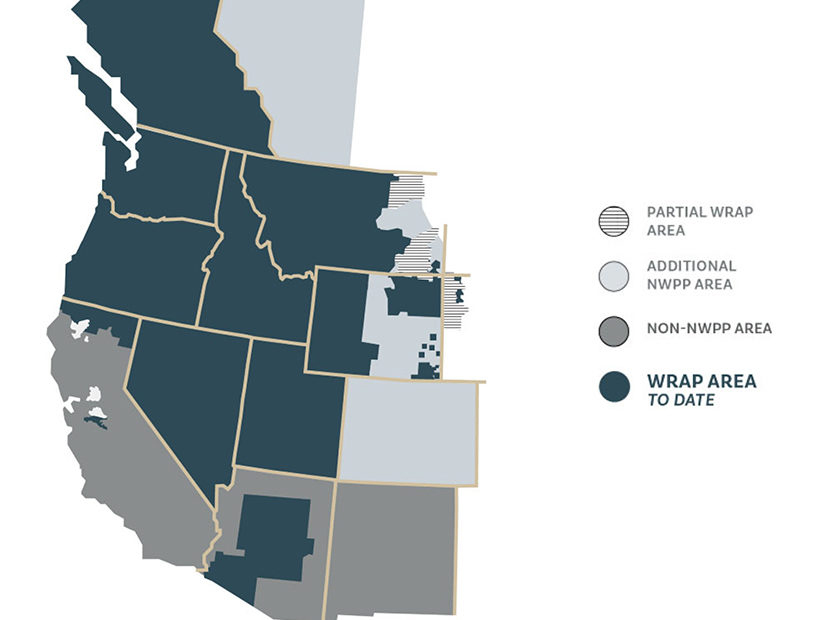
In a move that signifies its expanding reach across the Western Interconnection, the Northwest Power Pool has rebranded itself as the Western Power Pool.
What was once a member-run organization focused mainly on grid reliability in the Pacific Northwest and Intermountain regions, Portland, Ore.-based NWPP (now WPP) has spent the past two years going south — and east.
p.p1 {margin: 0.0px 0.0px 0.0px 0.0px; font: 11.0px ‘Helvetica Neue’; color: #000000}
Since 2020, WPP has been developing the Western Resource Adequacy Program (WRAP), an initiative conceived to address concerns that Northwest utilities have been increasingly — and unknowingly — drawing on the same shrinking pool of reliability resources. Participants used its interim “matching service” for entities either long or short in the electricity market four times last year, mostly during a record-smashing heat wave in the Pacific Northwest.
But interest in the effort spread quickly to other areas of the West. The WRAP, which is slated to launch a “nonbinding” iteration in the third quarter of this year, has attracted participants from an area spanning British Columbia, south to Arizona and east into South Dakota. Stage 1 of the WRAP will include 26 participants that together represent a summer peak load of about 67,000 MW and a winter peak of more than 65,000 MW.
“With the addition of new participants from the Southwest and the expansive footprint of our existing programs, we are excited to announce a name change that demonstrates our vision,” WPP COO Gregg Carrington said in a statement last week. “The Western Power Pool will continue to offer the excellent services our customers rely on while creating a more inclusive space for Western coordination and collaboration.”
In creating the WRAP, WPP has also been forced to repurpose itself as an organization. Once the WRAP enters its “binding” phase in 2023, the market — and WPP — will become subject to federal oversight and FERC rules.
Anticipating those requirements, WPP has already moved to restructure its governance and prepare to adopt some elements of an RTO, such as the appointment of an independent board of directors. WPP will also establish an RA Participants Committee as well as a Committee of States to ensure that utility regulators have a voice in discussions related to the WRAP. (See RA Program will Require Restructuring of NWPP.)
And while WPP has not signaled intentions to expand the WRAP’s offerings beyond resource adequacy, the market looks increasingly like a possible platform for incrementally developing a Western RTO — one that would compete with CAISO’s stalled regionalization efforts, the ISO’s well established Western Energy Imbalance Market, and SPP’s nascent RTO West and Western Energy Imbalance Service.
WPP last year selected SPP to operate the technical aspects of the WRAP, providing the market’s forward-showing functions, modeling and system analytics, and real-time operations.
In December, SPP revealed plans for broader engagement with WRAP participants through its Markets+ program, a “conceptual bundle of services” that includes day-ahead and real-time commitment and dispatch, and “hurdle-free” transmission service. Those services would be packaged in a way designed to appeal to utilities still unready to commit to a full RTO, SPP said. (See SPP Aspires to Increase its Western Footprint in 2022.)



